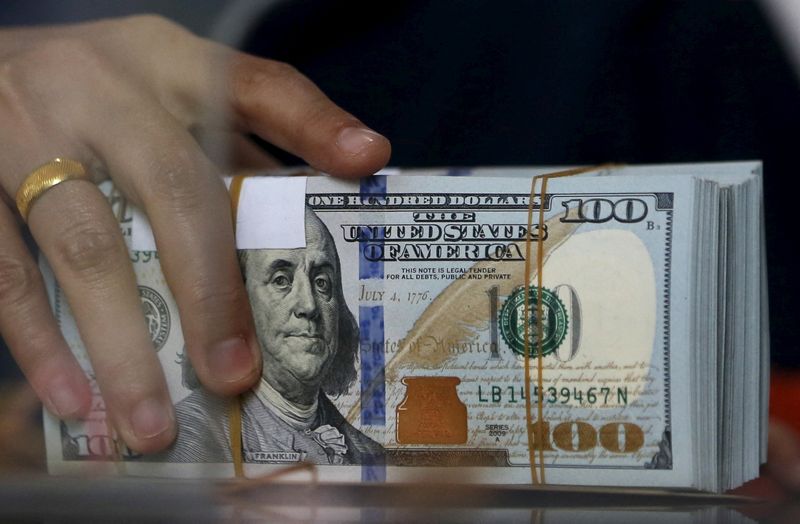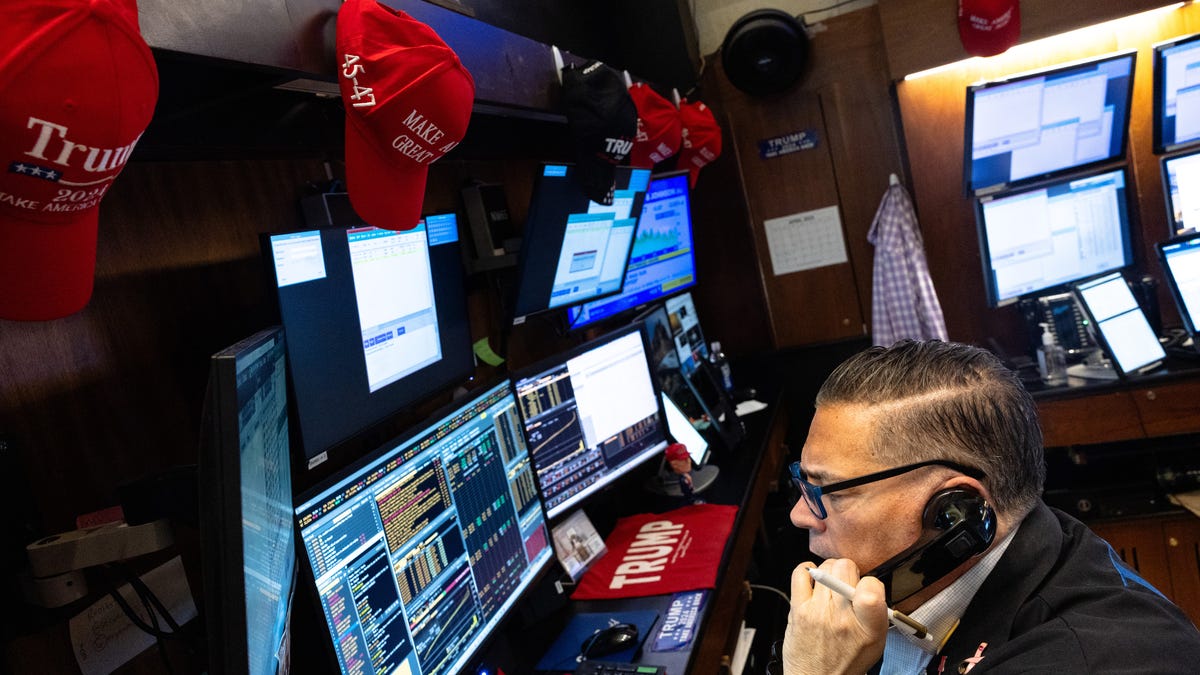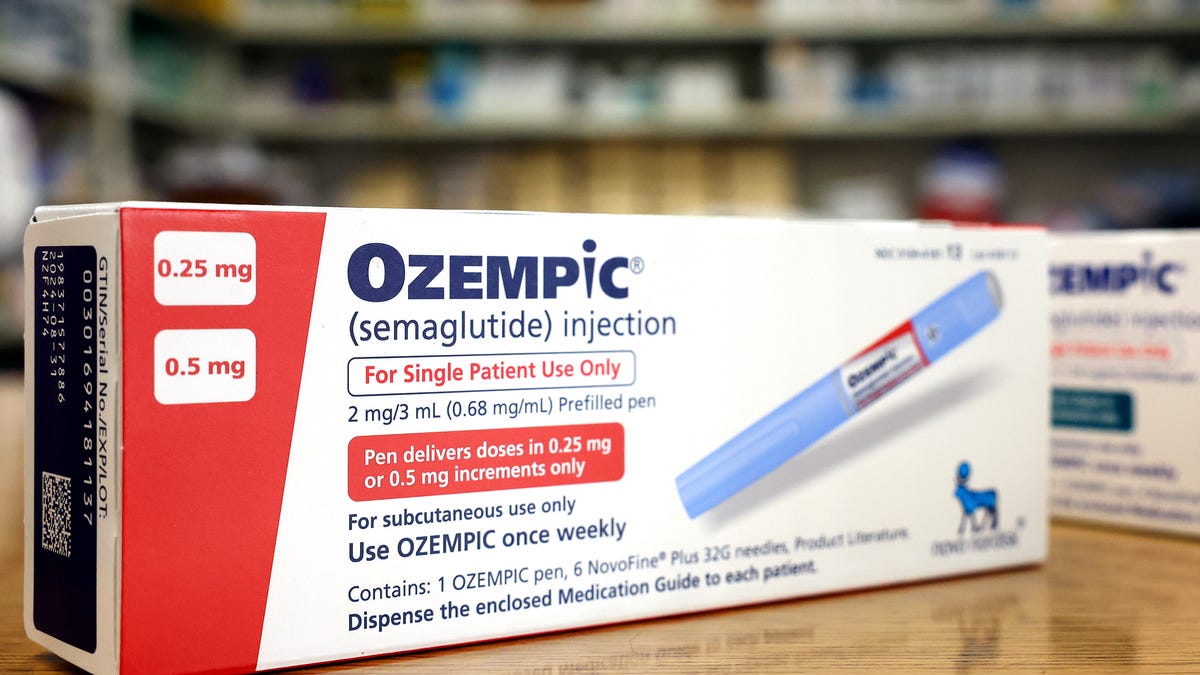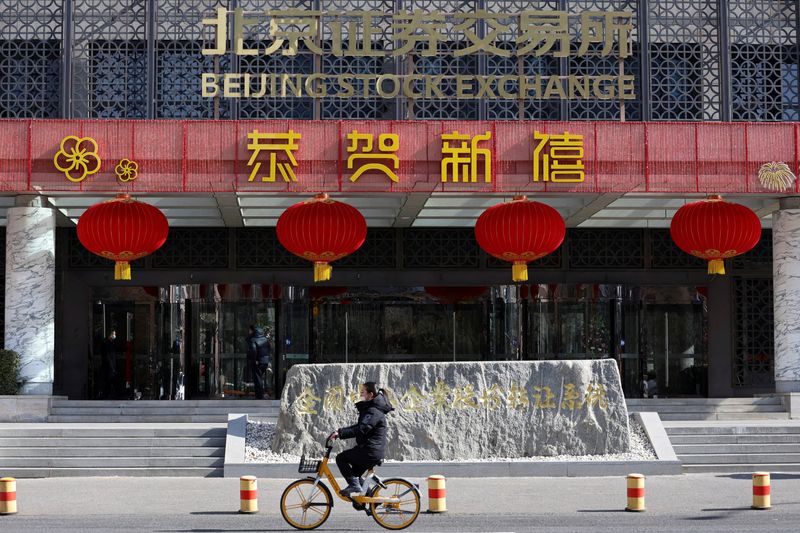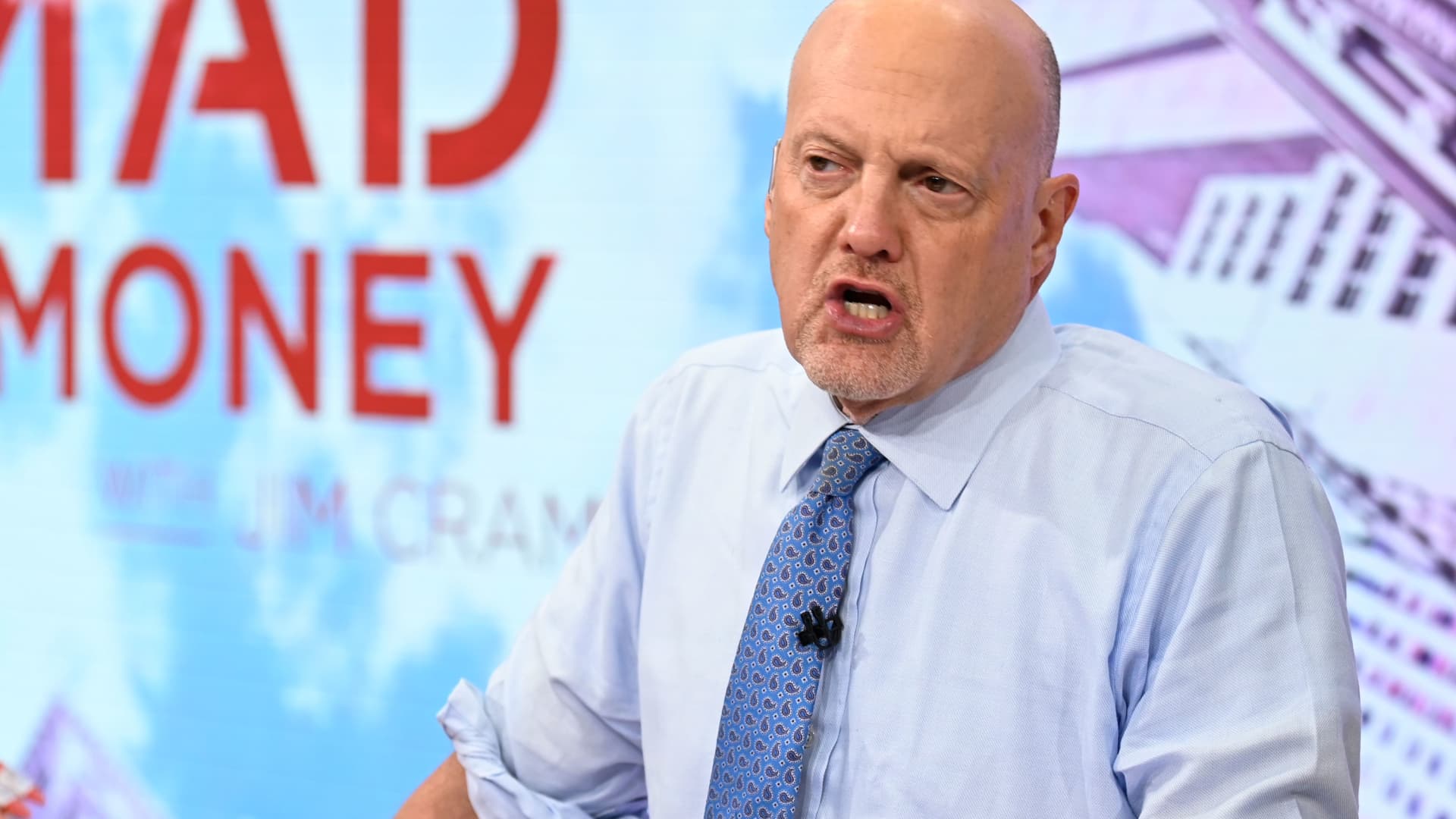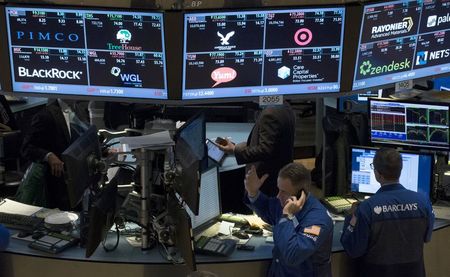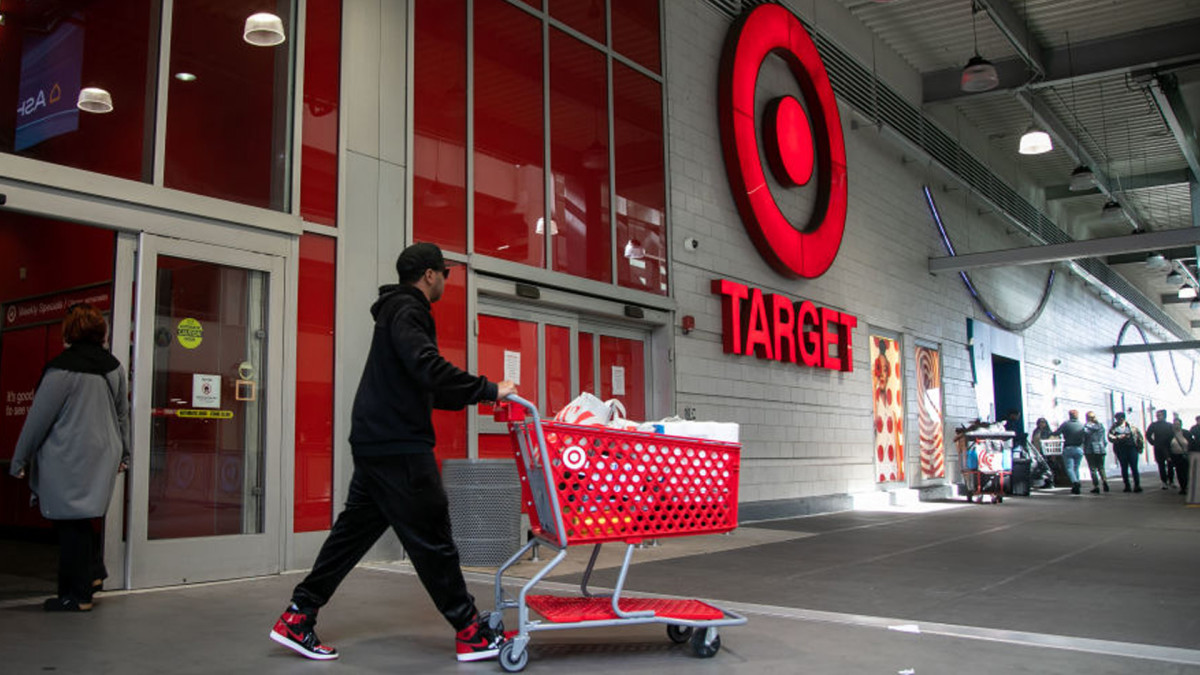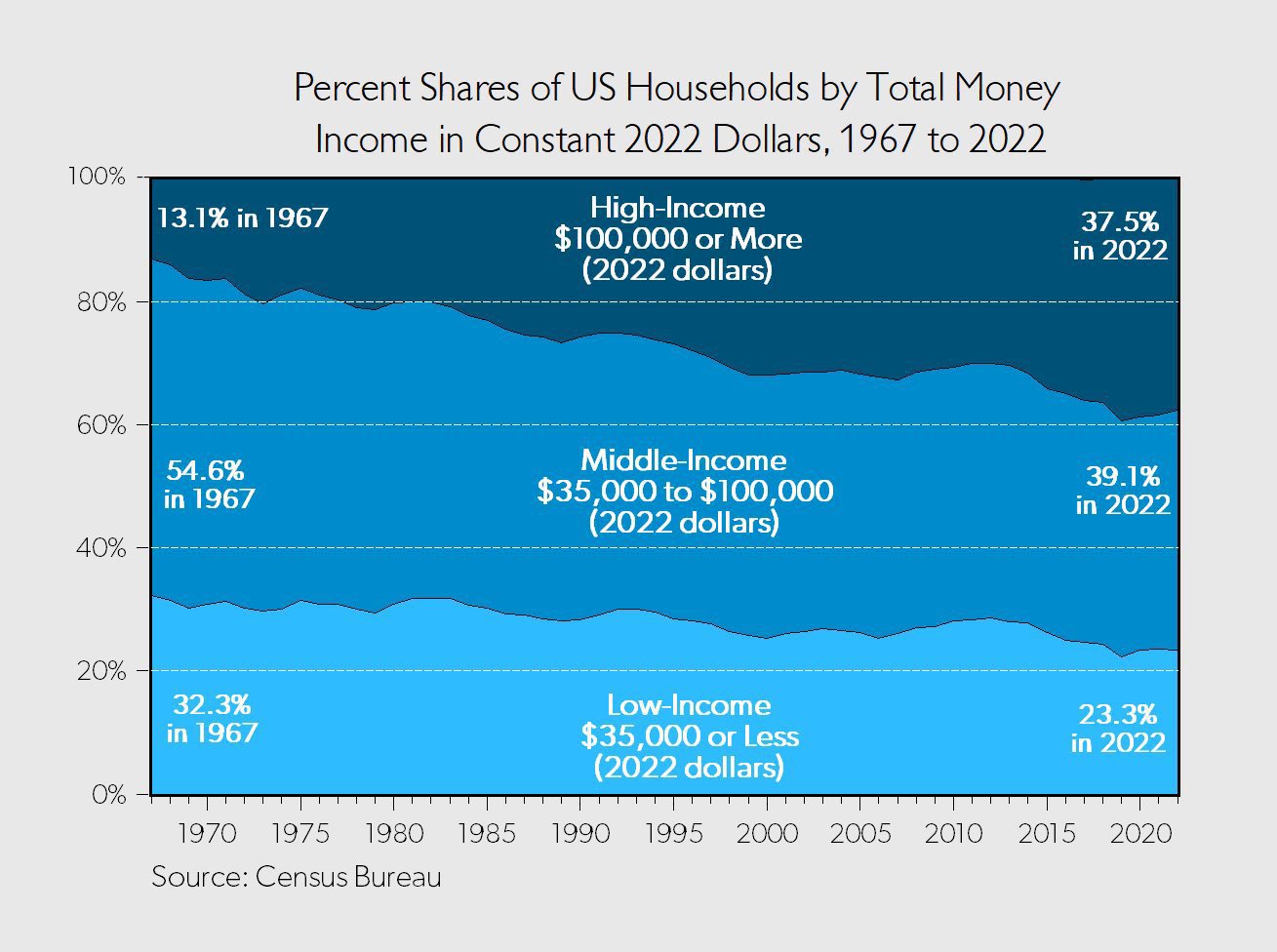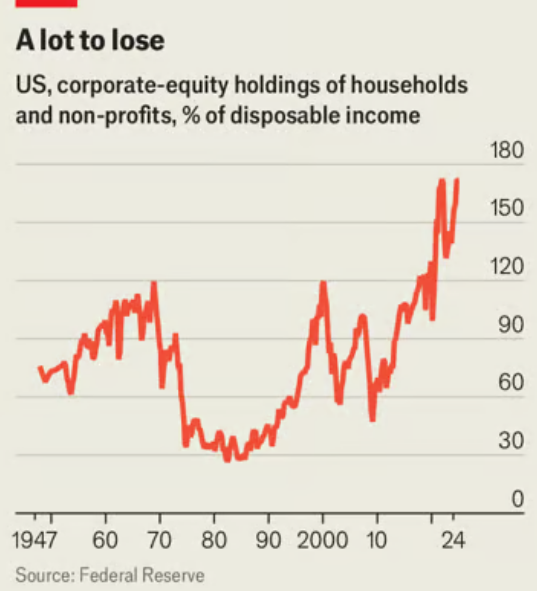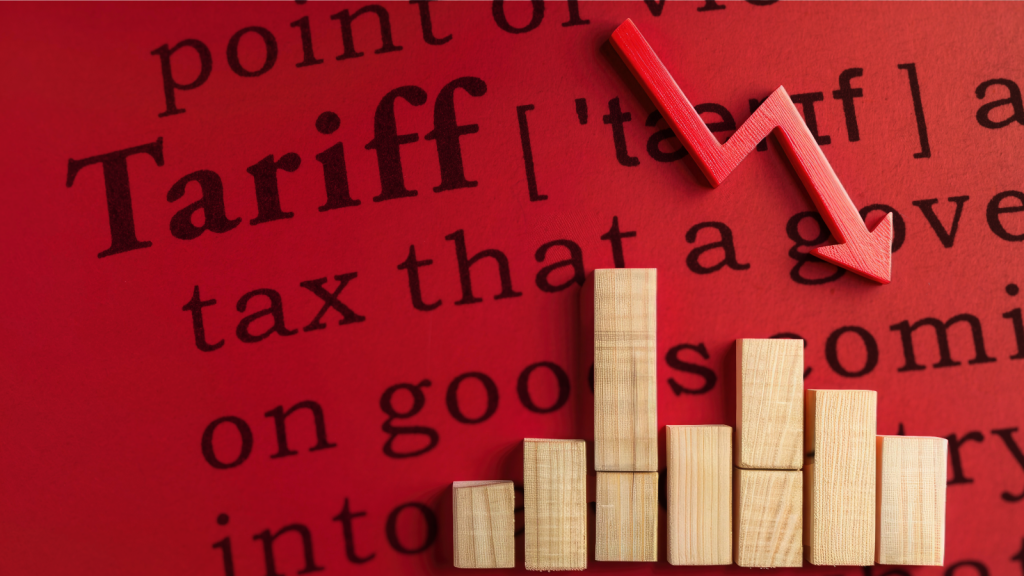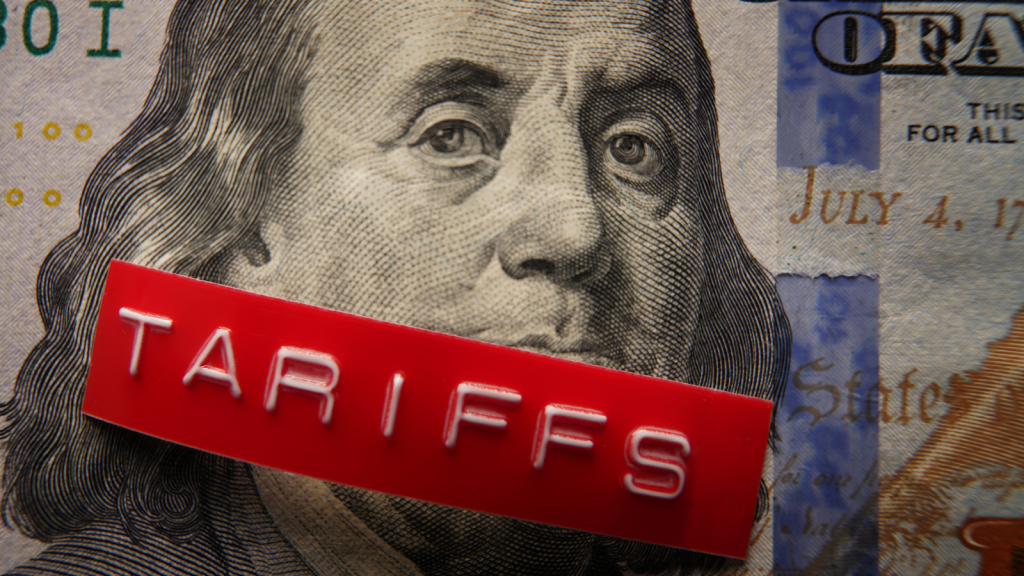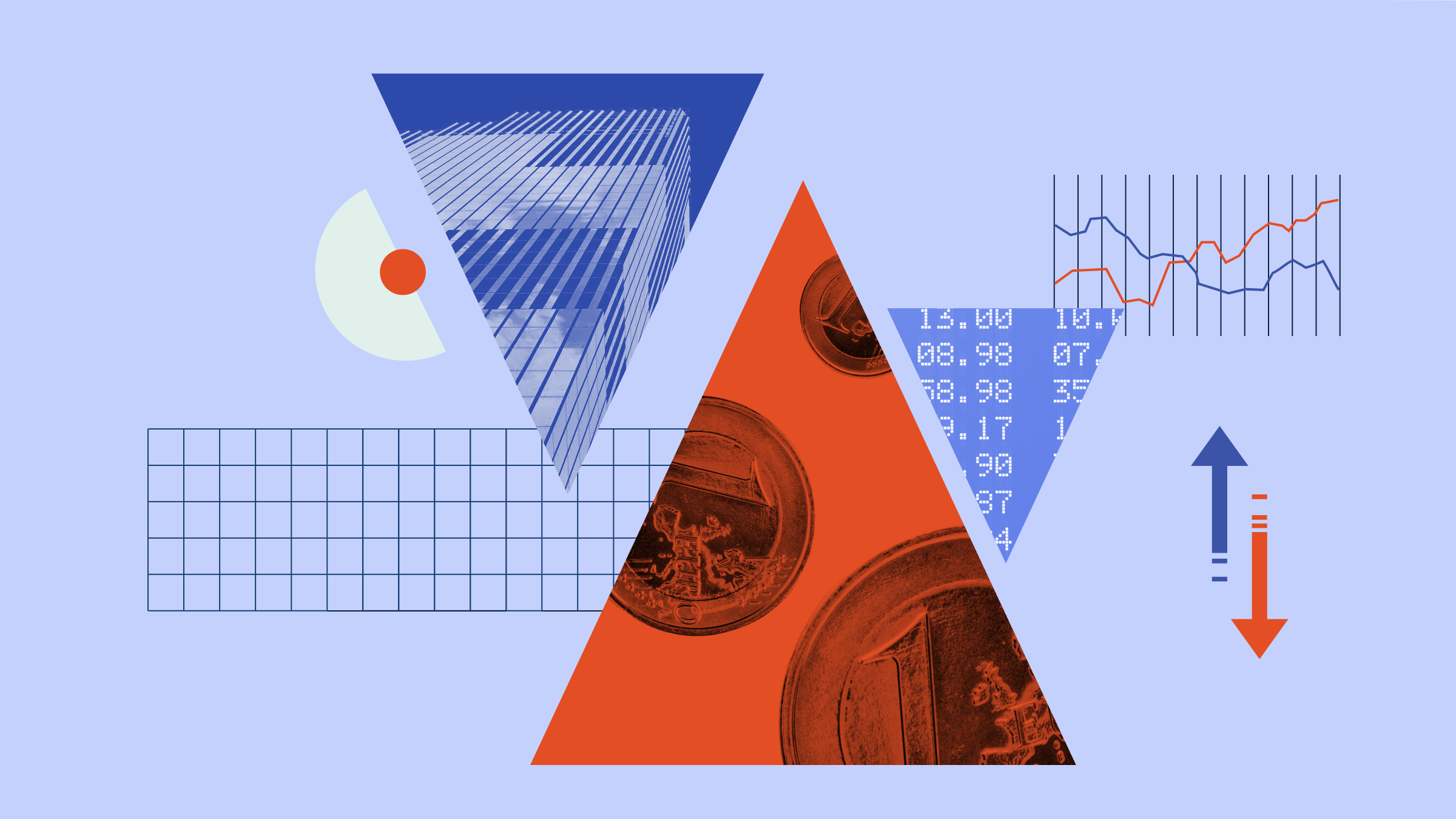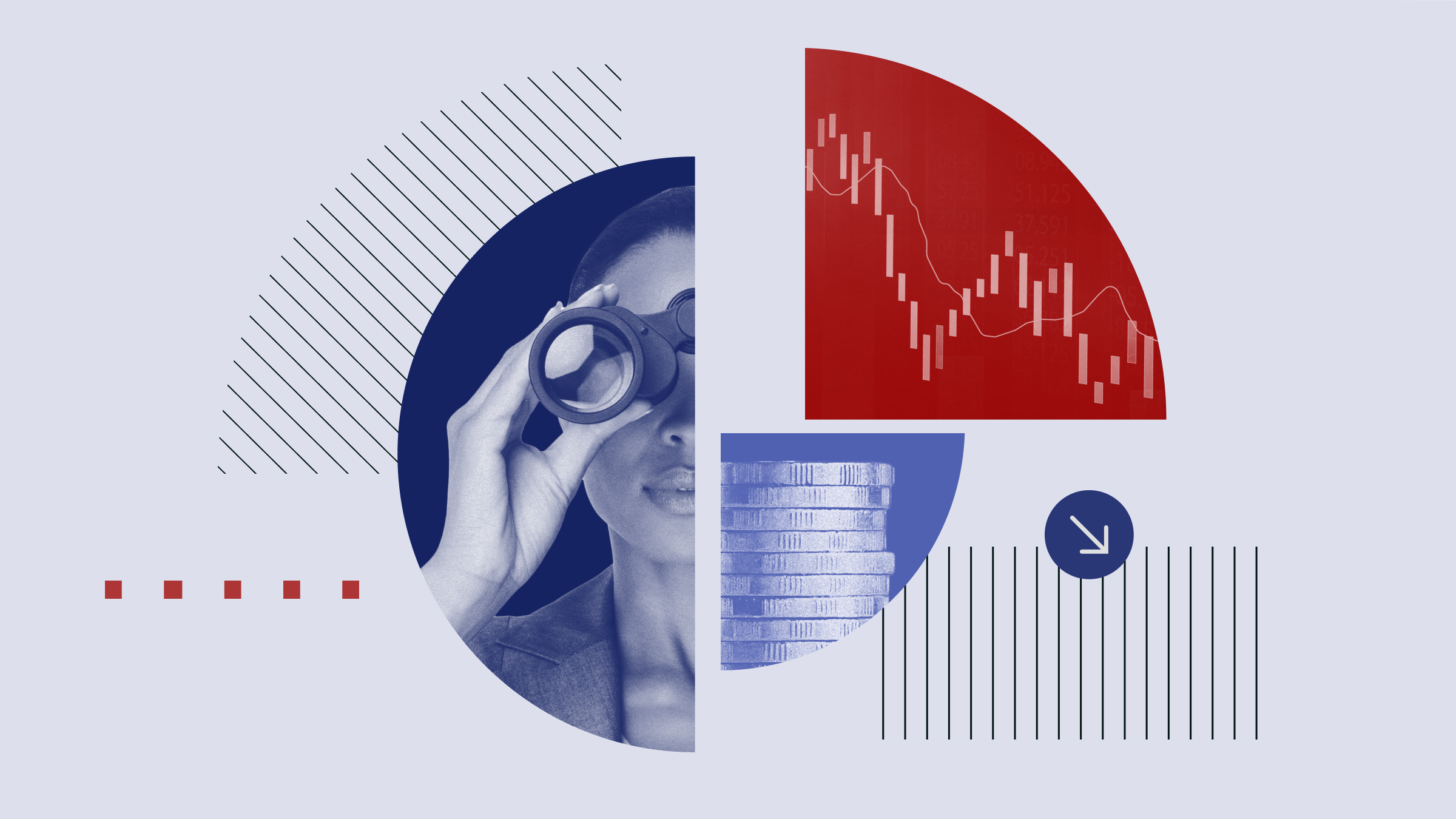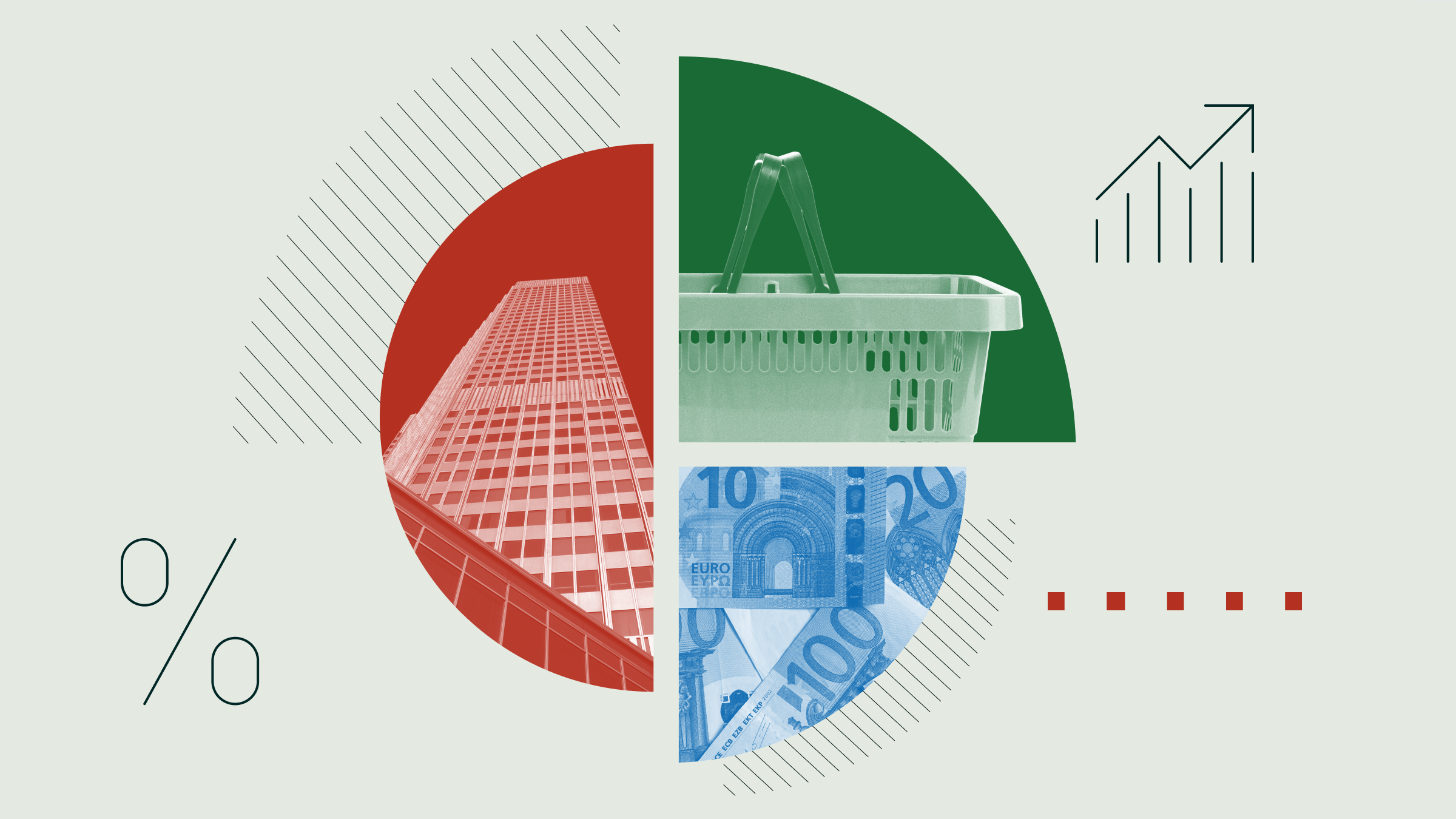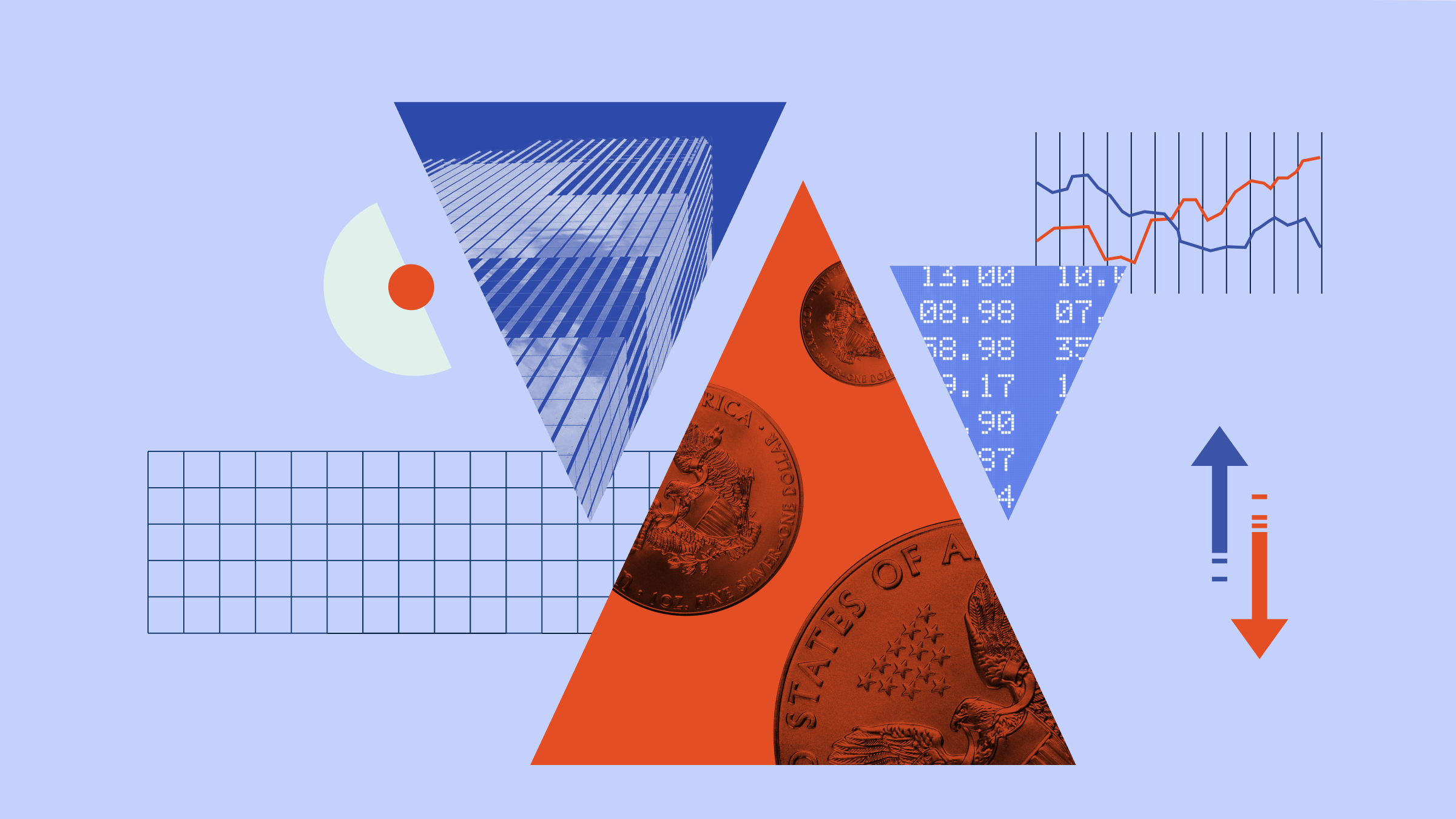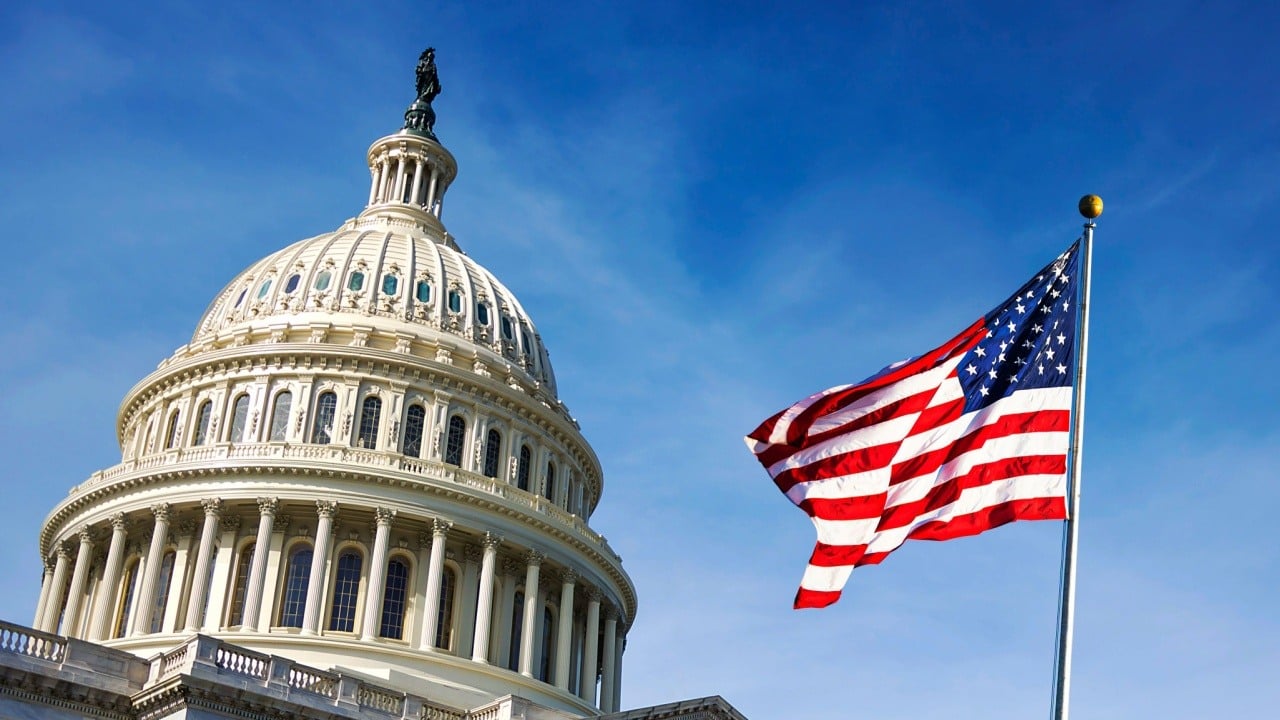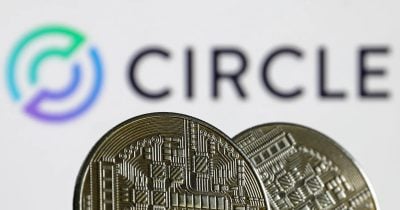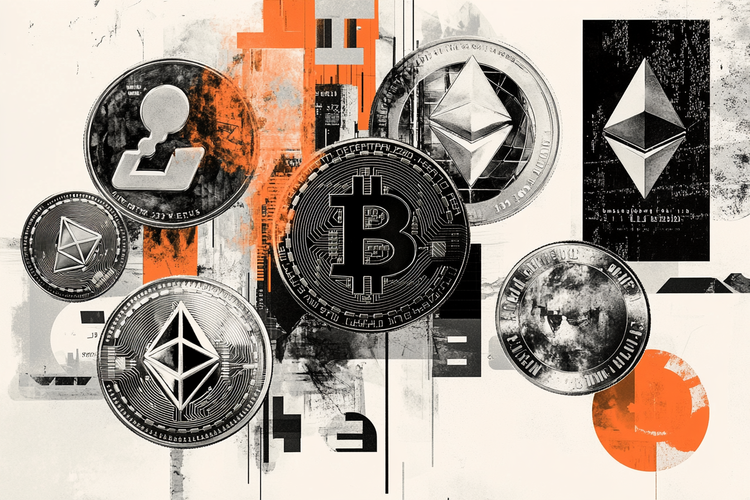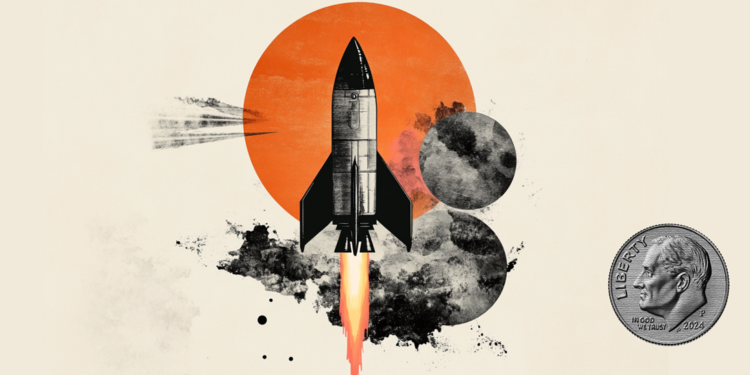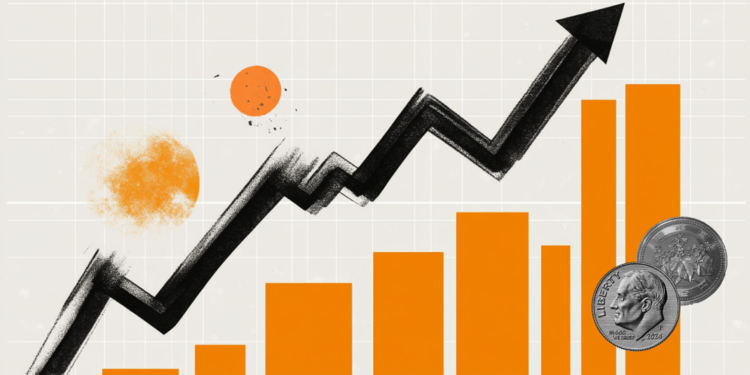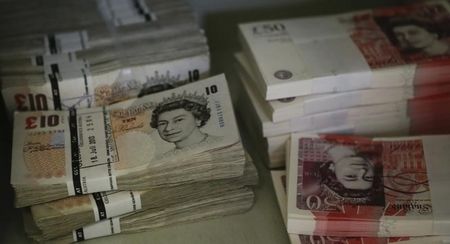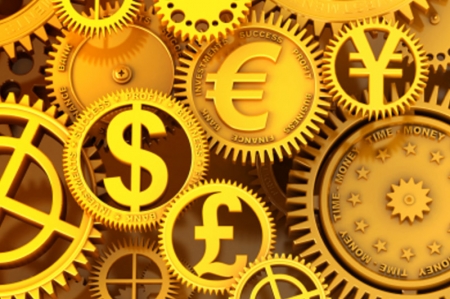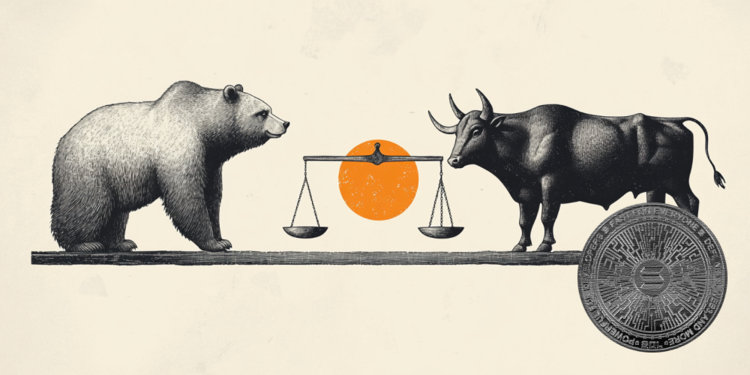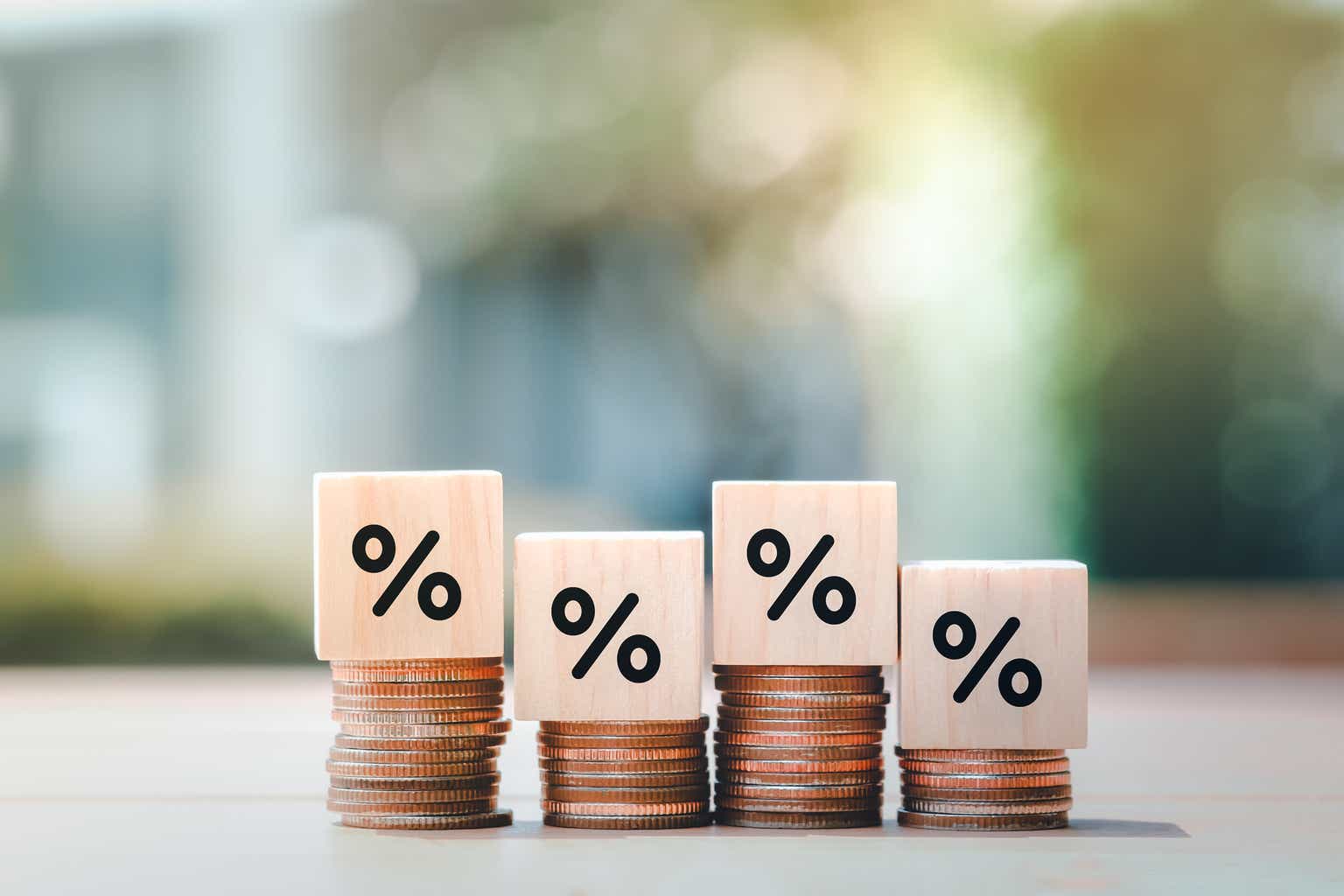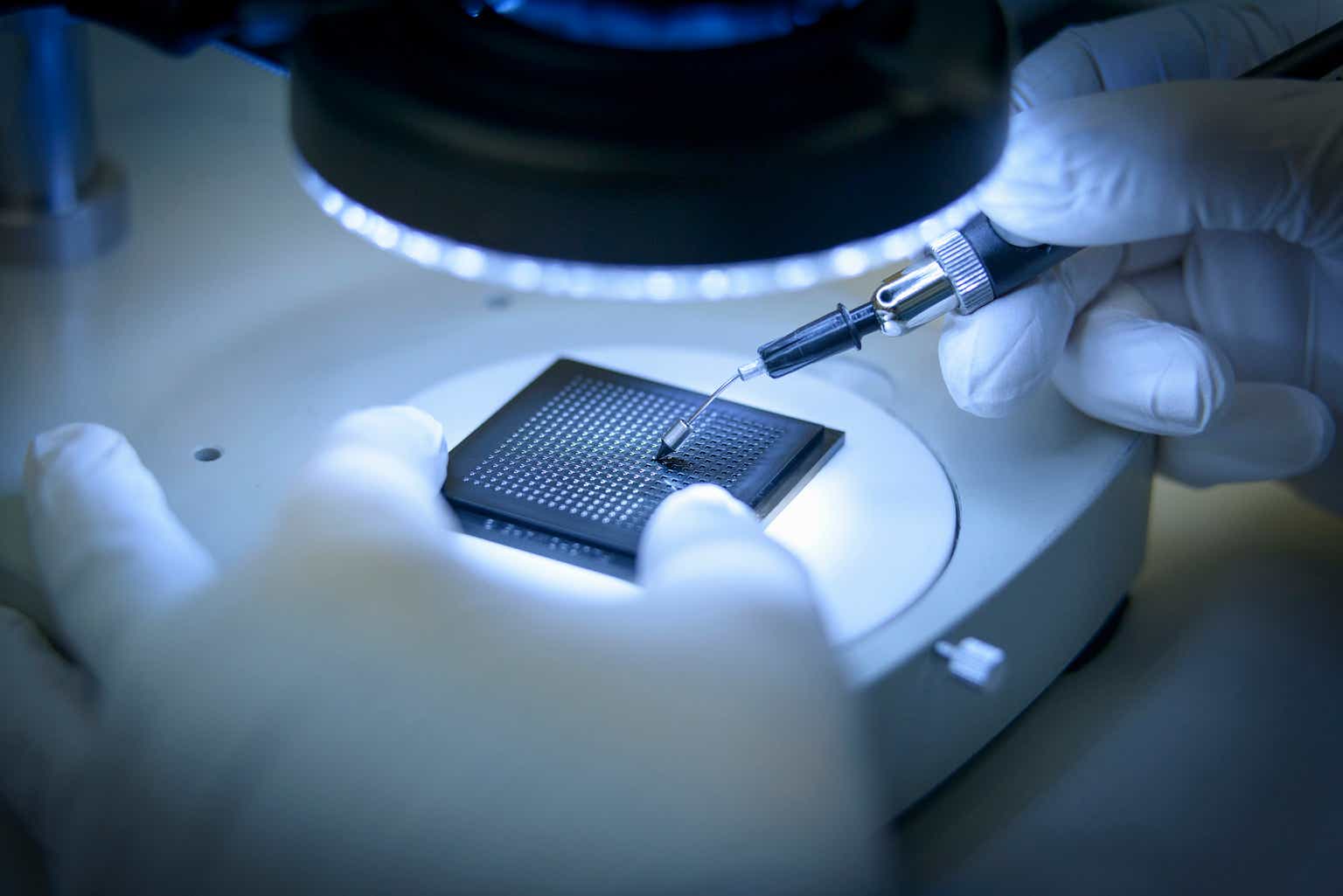Frankly, Once You See The Math, Cash Back Cards Make Too Much Sense
When you think about cash-back credit cards, the reality is that the sky is the limit as to how much you can earn. Whereas some companies had limits on dollar amounts you could accrue early on, this limit is all but forgotten these days as banks offer you unlimited earning potential, which means they want […] The post Frankly, Once You See The Math, Cash Back Cards Make Too Much Sense appeared first on 24/7 Wall St..
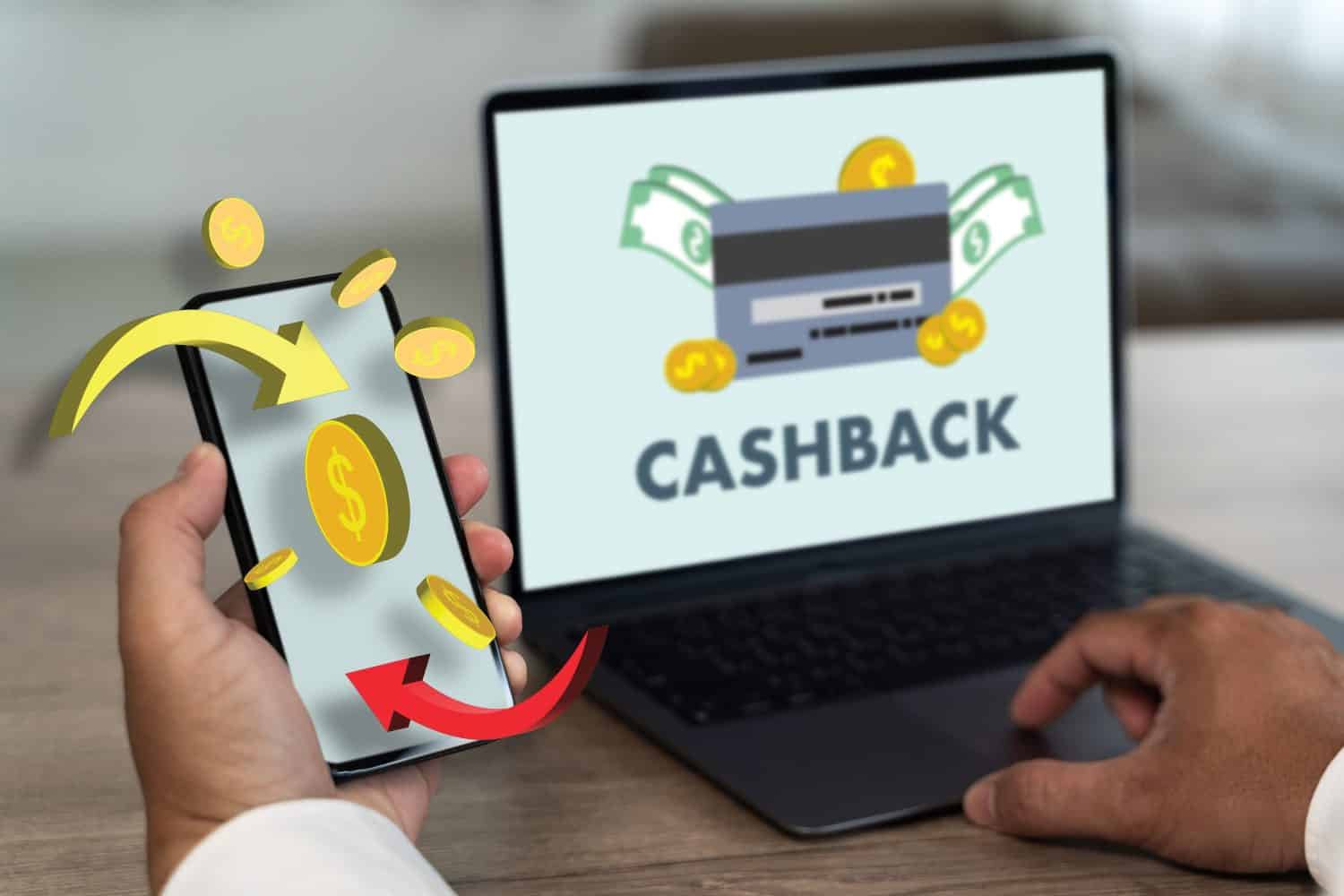
When you think about cash-back credit cards, the reality is that the sky is the limit as to how much you can earn. Whereas some companies had limits on dollar amounts you could accrue early on, this limit is all but forgotten these days as banks offer you unlimited earning potential, which means they want you to spend more.
Cash-back credit cards are incredibly tempting based on the “free” money you can earn.
Depending on your annual spending, the difference between 1.5% and 2% cards can be substantial.
The hope is that 2.5% will become more common in the future.
The right cash back credit card can earn you hundreds, or thousands of dollars a year for free. Our top pick pays up to 5% cash back, a $200 bonus on top, and $0 annual fee. Click here to apply now (Sponsor)
Key Points
By spending more, you only make the credit card company more money through retailer fees and interest payments, so it behooves them to make cash-back offers as attractive as possible. However, the real question is, exactly how much can you earn? More importantly, how much can you earn with different cash-back percentage amounts?
1.5% Cashback
Still, the most common percentage for cash-back credit cards, the 1.5% number, is arguably the most common on strictly cash-back cards. This means cards with no rotating categories, tiered percentage rates for categories, or any other nuance that might impact your earnings. Instead, it’s just a flat-rate percentage of 1.5% back on all purchases.
You should look at the 1.5% cash back number in the context of for every $100 you spend monthly, you earn $1.50 back on the purchase. In other words, buying a $75 pair of shoes would earn approximately $1.125 in cash-back dollars. If you filled up your gas tank for $60, you’d earn $0.90. So, between these two transactions, you will have earned approximately $2 in cash-back value, potentially in just a few minutes of your time.
Now consider that the average American spends $6,053 annually on food (according to the Bureau of Labor Statistics in 2024), earning you $90 in cash-back rewards over one year. The average clothing budget of around $2,040 annually will earn you $30, and an average gas expense of $2,652 annually would also earn you $39.
This means that at the end of one year, between these three spending categories, you will have earned $159 in cash-back rewards before you account for any other purchases you may have made.
2% Cashback
Now, let’s change things up and look at what would happen with your cash-back earnings if you switched to a 2% cash-back credit card. As this benefit is becoming increasingly common, it won’t be long before it and not 1.5% becomes the standard rate.
Taking the average American spend of $6,053 on food, you will see a nice little increase overall as you now earn $121 in cash-back rewards. The same thing will happen for clothing, which at a $2,040 spend now earns you $40 annually, while gas, at an average annual expense of $2,652, jumps to $53.
At the end of one year, with a 2% cash-back reward credit card, you will have approximately $214 in rewards, a $55 jump from the 1.5% cash-back reward amount.
2.5% Cashback
Only a handful of credit cards offer a 2.5% flat-rate cash-back rewards amount, and they are not yet among the most common cards. Sometimes, you even need to have a minimum account size at a bank to qualify for this cash-back percentage. However, you will see that even a half-percentage increase can make a sizable difference if you do.
Once again, we’ll examine the average American’s $6,053 food spending, which now earns $151 in cash-back rewards. The same increase will occur for clothing, which, at the same $2,040 spend, now receives $51 in rewards. Lastly, the $2,652 that the average American spends on gas now results in cash-back earnings of $66 annually.
You will now have earned $268 in cash-back rewards, a $52 increase over 2% cash-back cards and a whopping $107 increase over the more common 1.5% cash-back credit card.
The post Frankly, Once You See The Math, Cash Back Cards Make Too Much Sense appeared first on 24/7 Wall St..


